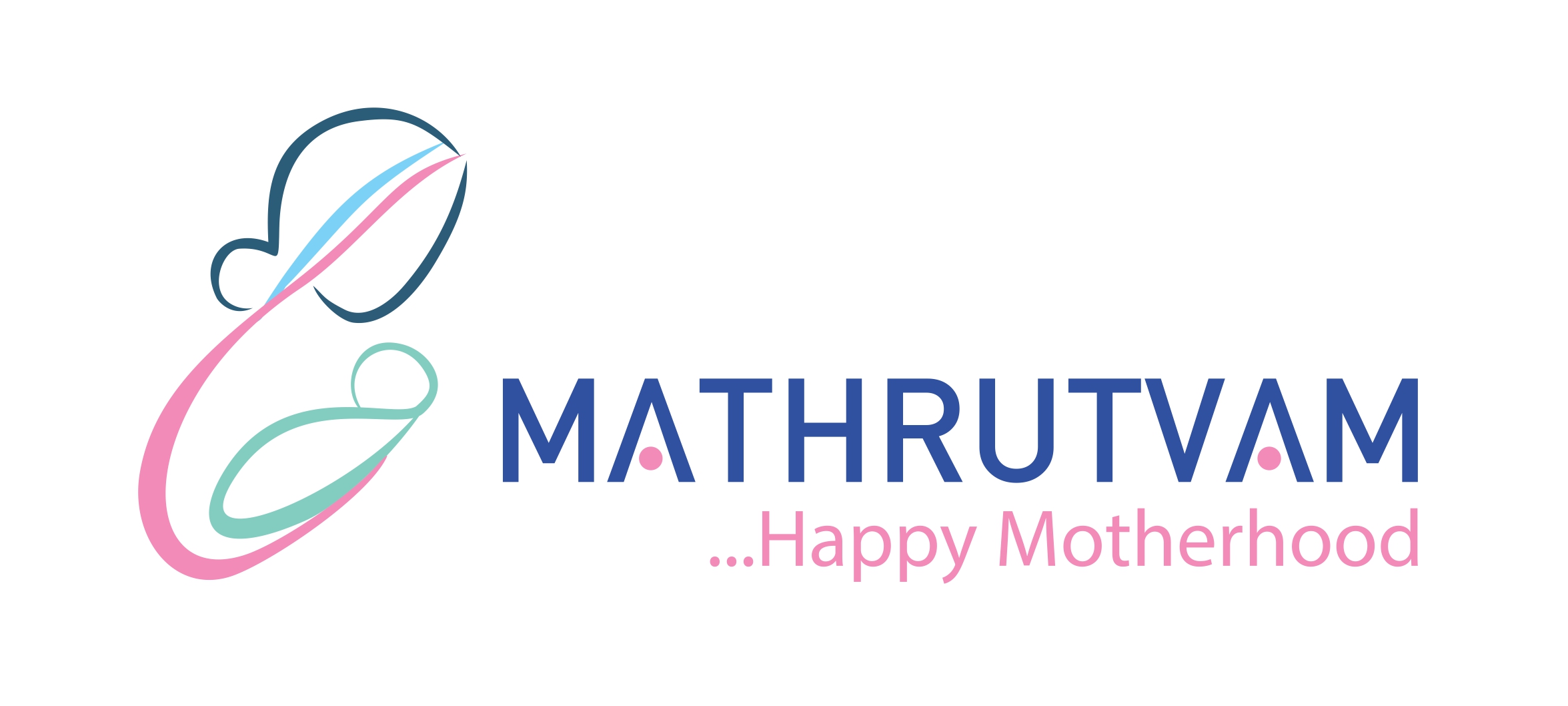
What are Post-natal Lactation Guidelines?
Our postnatal lactation guidelines are designed to help new mothers navigate the complexities of breastfeeding with confidence and ease. Whether you're learning to latch for the first time or facing challenges along the way, our expert advice will support you in establishing a successful breastfeeding journey.
From understanding your baby’s feeding cues to managing milk supply, our guidelines offer practical, evidence-based solutions to ensure a smooth and fulfilling experience for both you and your little one.
Benefits of Post-natal Lactation Guidelines
Breastfeeding Education
-
 Understanding Latching
Understanding Latching
Learn the best latching techniques to ensure a comfortable and effective feeding experience. -
 Milk Production Tips
Milk Production Tips
Receive expert advice on how to boost milk supply and maintain a healthy flow for your baby. -
 Feeding Frequency
Feeding Frequency
Understand the optimal feeding schedules, how often to nurse, and how to tell when your baby is hungry or full. -
 Comfort and Positioning
Comfort and Positioning
Get tips on comfortable breastfeeding positions for both mother and baby, especially post-surgery.
Challenges & Solutions
-
 Breastfeeding Pain Relief
Breastfeeding Pain Relief
Get solutions to common discomforts like sore nipples, engorgement, and mastitis. -
 Milk Supply Management
Milk Supply Management
Tips for increasing milk production and dealing with low milk supply. -
 Breastfeeding Troubleshooting
Breastfeeding Troubleshooting
Learn how to manage issues like nipple confusion, latch issues, or overactive letdown. -
 Bottle-Feeding Transition
Bottle-Feeding Transition
Guidance on introducing bottle-feeding without disrupting breastfeeding.
Mental and Emotional Support
-
 Breastfeeding with Confidence
Breastfeeding with Confidence
Learn how to overcome self-doubt and stress related to breastfeeding. -
 Reducing Anxiety
Reducing Anxiety
Techniques for managing breastfeeding anxiety and building trust in your body’s ability to nourish your baby. -
 Emotional Well-Being
Emotional Well-Being
Guidance on managing postpartum emotions and how breastfeeding can support your mental health.
Baby Care and Bonding
-
 Baby's Feeding Cues
Baby's Feeding Cues
How to understand your baby’s hunger signals and respond effectively. -
 Bonding Through Breastfeeding
Bonding Through Breastfeeding
Discover the emotional benefits of breastfeeding for both you and your baby. -
 Paced Bottle-Feeding
Paced Bottle-Feeding
Tips on introducing bottle-feeding while preserving the breastfeeding bond. -
 Supportive Environment
Supportive Environment
Building a breastfeeding-friendly space that promotes relaxation and connection.

Your Journey to Happy Motherhood
Comprehensive Post-natal Care Package Designed Just for You
Why Choose Mathrutvam’s Post-natal Lactation Guidelines?
Our lactation support provides a personalized, gentle approach to breastfeeding that considers both the physical and emotional needs of mothers during their postpartum journey.

Your Post-natal Lactation Journey
Phase 1:
Early Breastfeeding
-
 Latching Techniques
Latching Techniques
Learn how to position your baby for a proper latch. -
 Frequency and Timing
Frequency and Timing
Understand how often to feed and recognize signs of hunger. -
 Relieving Discomfort
Relieving Discomfort
Tips to manage sore nipples and engorgement. -
 Relieving Discomfort
Relieving Discomfort
Tips to manage sore nipples and engorgement.
Phase 2
Establishing Routine
-
 Feeding Confidence
Feeding Confidence
Become comfortable with your breastfeeding routine. -
 Milk Supply Management
Milk Supply Management
Advice on maintaining and boosting milk supply. -
 Addressing Issues
Addressing Issues
Solutions for common challenges like nipple pain or oversupply. -
 Bonding Time
Bonding Time
Deepen your bond with your baby through skin-to-skin contact and nursing.
Phase 3
Expanding Feeding Options
-
 Long-Term Support
Long-Term Support
Ongoing advice for managing lactation as your baby grows. -
 Introducing Bottles
Introducing Bottles
Gently introduce bottle-feeding while continuing breastfeeding. -
 Flexible Feeding
Flexible Feeding
Tips for adapting to your baby’s changing feeding needs. -
 Advanced Techniques
Advanced Techniques
Learn about hand expression, milk storage, and safe bottle feeding.
frequently asked questions
-
Q. How often should I breastfeed my newborn?Newborns usually feed every 2-3 hours, but it's best to follow your baby’s hunger cues. Over time, the frequency may decrease as your baby grows.
-
Q. How do I know if my baby is getting enough milk?Signs include steady weight gain, 6+ wet diapers a day, and a satisfied baby after feeding. If unsure, consult a lactation expert.
-
Q. What foods should I eat to support lactation?A balanced diet with whole grains, proteins, and hydration is key. Certain foods like oats, nuts, and leafy greens may help boost milk supply.
-
Q. Can I continue breastfeeding if I have sore nipples?Yes, but ensure a proper latch and use nipple creams or warm compresses for relief. If the pain persists, seek lactation support.
-
Q. Who is this ideal for?
- New mothers looking for guidance on initiating breastfeeding.
- Mothers experiencing difficulties with latching or milk production.
- Parents transitioning between breastfeeding and bottle-feeding.
- Women recovering from C-section deliveries who need tailored lactation support.
- Mothers who want to build a solid breastfeeding routine.
Start Your Post-Natal Nutrition Journey Today!
We are here to support you every step of the way on your breastfeeding journey. Join us and get personalized lactation support to make your postpartum experience smoother and more fulfilling.
Chat with us on WhatsApp to schedule a consultation and start your lactation support journey today!








